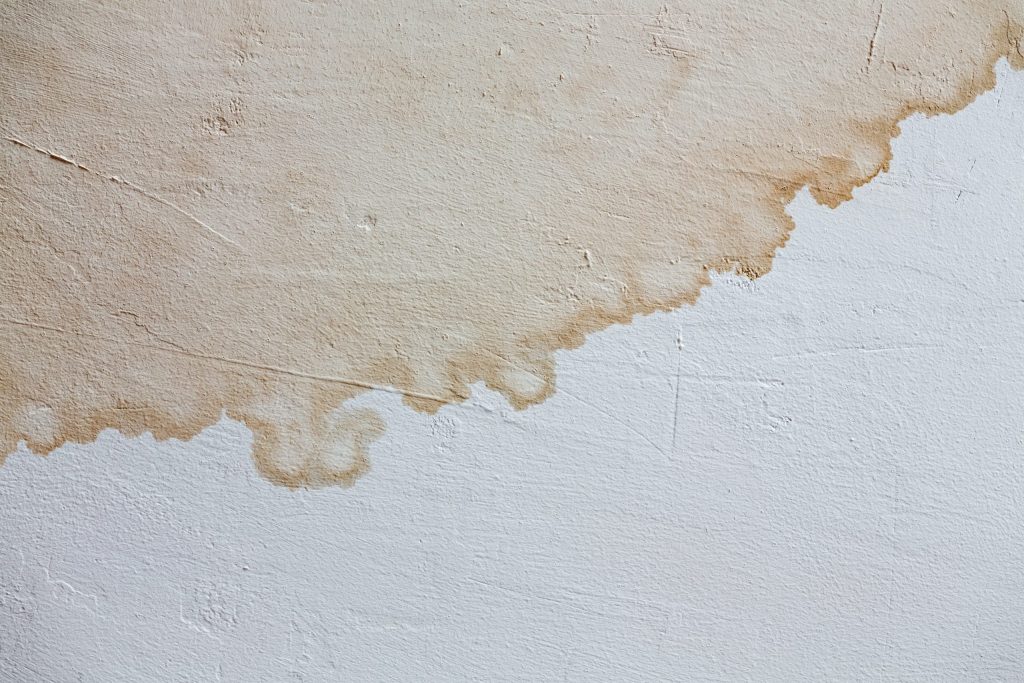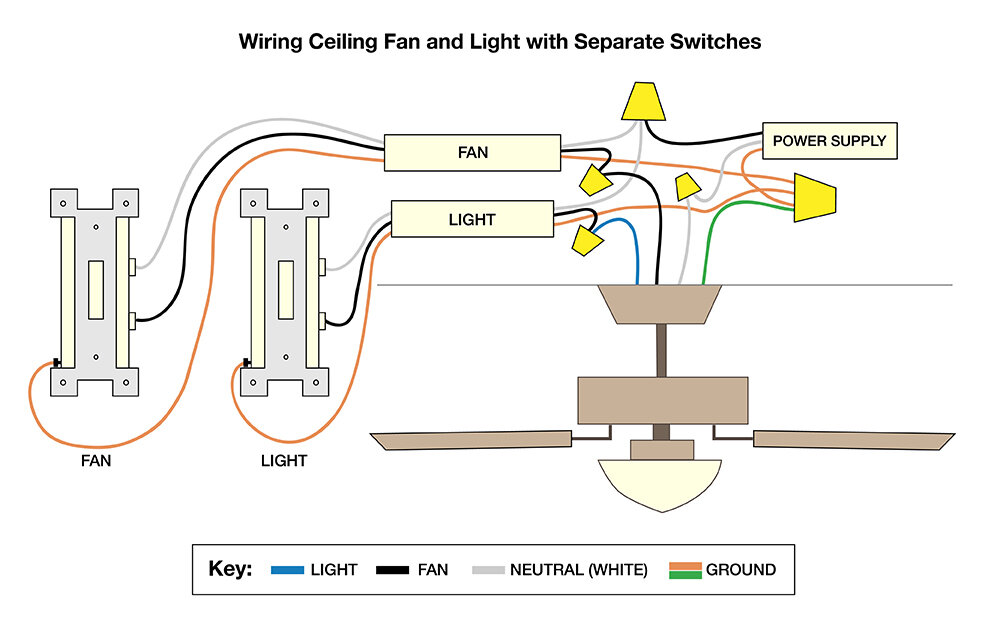Ceiling condensation can be a persistent issue, but fret not – this guide will equip you with effective solutions on “How to Fix Ceiling Condensation” and strategies to keep it at bay.

Understanding the Challenge: How to Fix Ceiling Condensation
Ceiling condensation is not only unsightly but can also lead to more severe problems like mold growth and compromised structural integrity. Let’s delve into practical steps to tackle and eliminate this common household woe.
How to Fix Ceiling Condensation: Identifying the Root Causes
- Poor Ventilation: Inadequate ventilation is a common culprit for ceiling condensation. Stagnant air allows moisture to accumulate, leading to damp ceilings. Evaluate and improve ventilation in affected areas.
- Temperature Discrepancies: Drastic temperature differences between indoor and outdoor environments can contribute to condensation. Adjusting thermostat settings or using insulation can help regulate temperatures.
- Leaking Roof or Pipes: Ceiling condensation may result from roof leaks or faulty plumbing. Inspect your roof and plumbing for any signs of leakage, addressing these issues promptly.
How to Fix Ceiling Condensation: Practical Solutions
Note: Before attempting any repairs, ensure safety by turning off electricity and identifying the root cause.
- Improve Ventilation:
- Install exhaust fans in kitchens and bathrooms to enhance airflow.
- Consider adding ceiling fans or increasing their usage to promote air circulation.
- Use Dehumidifiers:
- Place dehumidifiers in areas prone to condensation to extract excess moisture from the air.
- Insulate Your Ceiling:
- Add insulation to your ceiling to create a barrier between warm and cold surfaces, reducing the likelihood of condensation.
- Seal Gaps and Cracks:
- Inspect your ceiling for any gaps or cracks and seal them using caulk or weatherstripping.
Preventive Measures: How to Avoid Ceiling Condensation in the Future
- Regular Maintenance:
- Conduct routine inspections of your roof, plumbing, and ventilation systems to identify and address issues before they escalate.
- Monitor Indoor Humidity:
- Use hygrometers to monitor indoor humidity levels. Ideally, aim for humidity levels between 30-50%.
- Install Vapor Barriers:
- Consider installing vapor barriers during construction or renovation to prevent moisture from penetrating ceilings.
Seeking Professional Assistance: When to Call in the Experts
If your attempts to fix ceiling condensation prove unsuccessful, it might be time to consult professionals. Experienced contractors or HVAC specialists can conduct a thorough assessment and provide tailored solutions for your specific situation.
Read too: Why Is My Ceiling Wet
Conclusion: Enjoy a Dry and Comfortable Home
In conclusion, learning “How to Fix Ceiling Condensation” involves addressing the root causes, implementing practical solutions, and adopting preventive measures. By taking proactive steps and maintaining a vigilant eye on your home’s condition, you can create a comfortable, dry living space free from the bothersome effects of ceiling condensation.


















